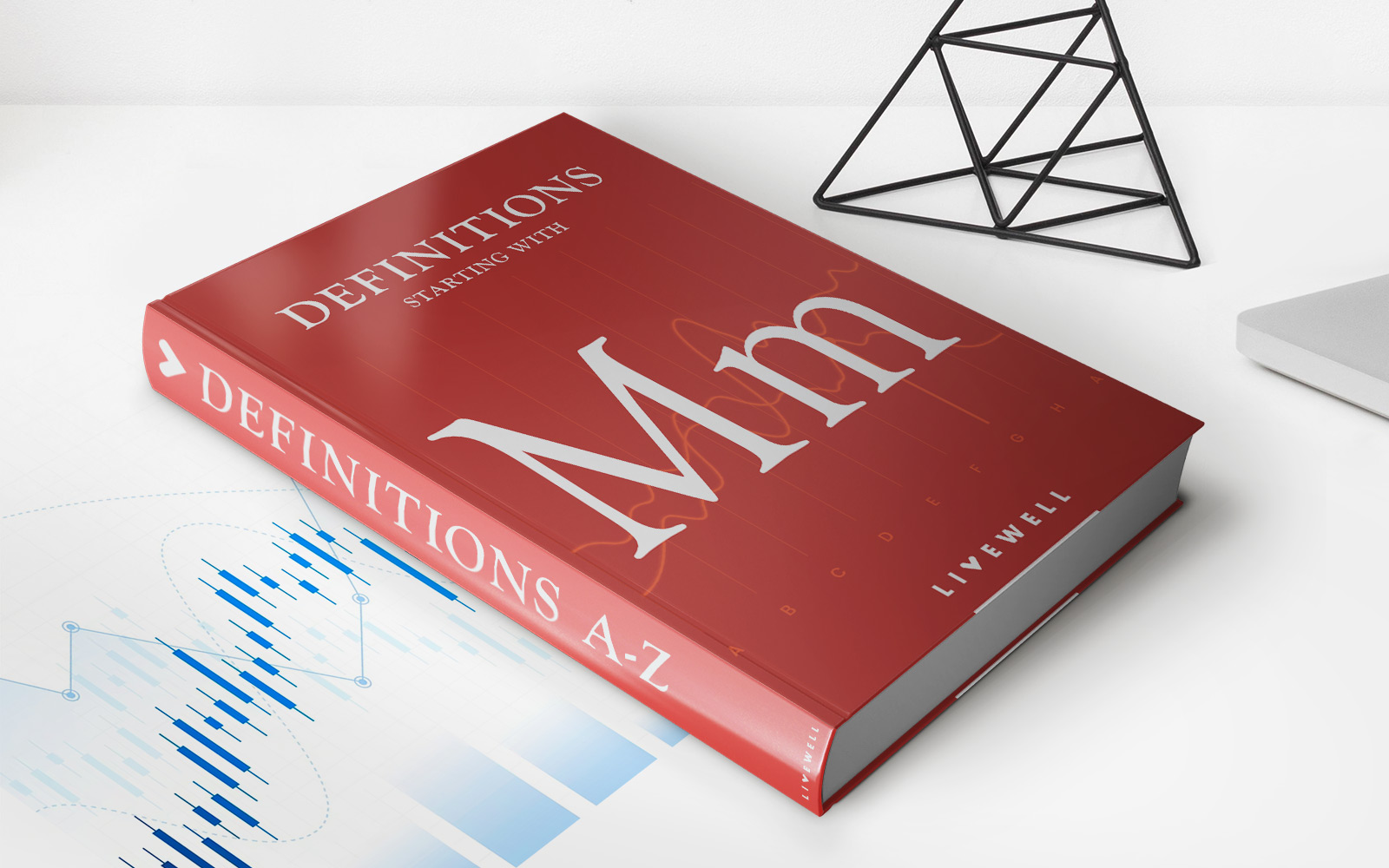Home>Finance>What Is A Waiver? Definition, Uses, Examples, And Types


Finance
What Is A Waiver? Definition, Uses, Examples, And Types
Published: February 17, 2024
Discover the meaning and applications of a waiver in finance, including examples and various types. Gain a comprehensive understanding of waivers in the financial industry.
(Many of the links in this article redirect to a specific reviewed product. Your purchase of these products through affiliate links helps to generate commission for LiveWell, at no extra cost. Learn more)
What Is a Waiver?
Have you ever come across the term “waiver” and wondered what it actually means? Well, you’re not alone! In the realm of finance, waivers hold significant importance. Whether you’re a business owner, investor, or consumer, understanding waivers is essential to navigate various financial transactions and agreements.
Key Takeaways:
- A waiver is a legal document or agreement that outlines the intentional relinquishment or abandonment of a particular right or privilege.
- Waivers are commonly used in many industries, including finance, sports, and insurance, to protect parties from potential liability or litigation.
Definition
A waiver, in its simplest form, is a legal document or agreement that outlines the intentional relinquishment or abandonment of a particular right or privilege. It is a voluntary act that signals the agreement and consent of one party to give up a specific claim or entitlement.
Uses and Examples
Waivers find their application in various aspects of modern life, including finance, sports, insurance, and more. Let’s explore a few common scenarios where waivers are frequently used:
- Financial Transactions: In the realm of finance, waivers are often utilized in agreements and contracts to waive certain rights or protections. This can include waiving the right to a refund, the right to sue for damages, or the right to cancel a contract within a specific timeframe.
- Sports and Recreational Activities: If you’ve ever participated in a physical activity like bungee jumping, skydiving, or rock climbing, chances are you signed a waiver. These waivers exist to protect the service provider from potential liability in the event of an injury or accident during the activity.
- Insurance Claims: Insurance companies often require policyholders to sign waivers to limit their liability in specific circumstances. For example, a waiver may be necessary when filing a claim for damages caused by an excluded event or if the insured party willingly accepts a higher deductible to reduce premium costs.
Types of Waivers
There are several types of waivers commonly encountered in different areas of life. Here are a few notable examples:
- Liability Waiver: This is a type of waiver that releases one party from legal liability in the event of an accident or injury. It is often used in sports, recreational activities, and professional services.
- Contractual Waiver: Contractual waivers are commonly seen in financial agreements and contracts. They are designed to release one party from certain obligations or rights outlined in the contract.
- Waiver of Notice: A waiver of notice is used when a party willingly waives their right to receive formal notice of specific events or actions. This can be seen in corporate settings when shareholders waive their right to receive notice of a meeting.
- Voluntary Waiver: A voluntary waiver occurs when one party willingly and knowingly gives up a right or privilege without coercion or outside pressure.
Understanding waivers and their implications is crucial in various financial and legal contexts. Whether you come across a waiver in a contract, insurance policy, or recreational activity, it’s important to read and comprehend the terms before providing your consent. By doing so, you can make informed decisions and protect your rights as a consumer or business owner.
In Conclusion
Waivers play a significant role in our daily lives, shaping our interactions in the financial realm and beyond. From safeguarding businesses and service providers to outlining the terms and conditions of agreements, these legal documents provide clarity, protect parties involved, and ensure a smooth flow of transactions. As responsible individuals, it is crucial to familiarize ourselves with the concept of waivers and carefully review the terms before signing on the dotted line.














